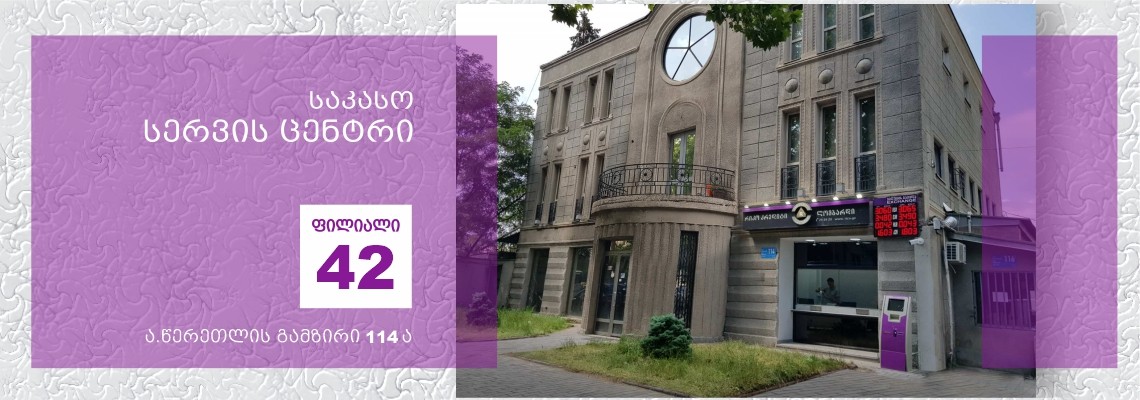

When the term municipal road occurs in the context of roads owned and maintained by the State government, municipal roads means tertiary State network roads. The confusion comes from the context in which the phrase municipal road occurs. Tertiary roads are not municipal roads even though at times the term municipal road has been used (as a shortcut to intra-municipal road)-even by the Government of Puerto Rico-to refer to a tertiary State road. Unlike State roads, which are signed with numbers, municipal roads are signed with names, such as Calle Hostos, Calle De Diego, Calle San Jorge, Calle León M. Public roadways that do not include such markings are termed municipal roadways. Such roads are considered State roads and part of the Puerto Rico Highway System. Roadways marked with a Puerto Rico road marker are those public roadways that include PR followed by a number in its markers. However, the term municipal road or municipal highway (Spanish: Carretera municipal) refers to any public roadway that is not marked with a Puerto Rico road marker. Tertiary roads are also sometimes called Carreteras de la red local (English: Local network roads). Roadways that have both their terminus within the same municipality are called tertiary roads and are, by convention, numbered PR-300 through PR-9999. This is not a “fourth” network of State roads. In Puerto Rico, the term municipal road may be encountered occasionally. On occasion, the central government has entered into memoranda of agreement with municipal governments for the collaborative maintenance of some Puerto Rico Highway System roadways within their municipalities. Municipal governments are only responsible for maintenance of city and town streets within their jurisdictions. The DTOP maintains a network of regional offices throughout the island which carry out DTOP work within their multi-municipality region. Municipal governments are not responsible for maintenance of the Puerto Rico Highway System roads within their territory whether or not the municipal government is an autonomous government, DTOP is the responsible agency. A second road marker, used on the road through El Yunque National Forest, is the brown-colored upside-down trapezoidal marker with the road number on the top two-thirds of the sign and the words Bosque Nacional (national forest) on the bottom one-third, as shown.Īll Puerto Rico Highway System roads, regardless of the classification used, are maintained by the centralized, Commonwealth-level, Departmento de Transportación y Obras Públicas (DTOP). Until 1999, all non-tolled numbered highways in Puerto Rico had the same route marker, a square with a white-on-black half-circle with the route number in the bottom two thirds and a map of Puerto Rico with the words Puerto Rico written inside in the top third. The first is the older style road marker which, above the route number, also had the outline of the main island of Puerto Rico with the words Puerto Rico on the outline as shown here.

Provide access to a municipality's main urban area from peripheral communitiesĪt least two other markers can be observed in Puerto Rico roads today (2019). Provide access to municipalities from primary network roads Highway networkįacilitate movement of passengers and freight between major regions in the Island (north, south, east, west)Ĭomplement the primary network inside a metro area (San Juan, Ponce, Mayagüez, Arecibo, Aguadilla, Humacao, Caguas and Guayama) In 2009, primary routes comprise about 14% of the total Commonwealth system mileage, secondary about 30%, and tertiary (municipal) about 56% of the total mileage. Primary roads are numbered 1 through 99, secondary roads are numbered 100 to 299, and tertiary roads are numbered 300 to 9999. For example, PR-1, connecting Ponce and San Juan, is signed as urban primary inside the Ponce city limits, then it is signed as secondary in Ponce's rural barrio Capitanejo, and then it is again signed as urban primary on its entry into the town of Santa Isabel. Generally, the same highway may change between networks, but the highway will continue to have the same number. In this regard, a primary road is one which is part of the primary network, an urban primary road is part of the urban primary network, etc. There are four types: primary, urban primary, secondary, and tertiary. Puerto Rico roads are classified according to the network they belong to. Route number markers on PR-191 in 2009 on the left is the tertiary highway marker, in the middle is a Forest Highway marker, and on the right is a pre-1999 marker.


 0 kommentar(er)
0 kommentar(er)
